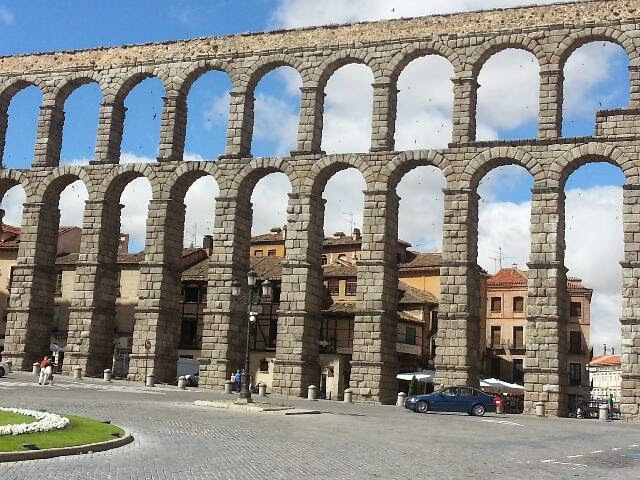Like all good things, our trip winds its way to closure in just anoher 10 days. Madeline, our sat nav GPS has taken us hinder and yonder, sometimes more yonder tban hinder. But we couldn't imagine our trip without her. Less than a week to go before she bids us adieu, she is French and we will be leaving her in Marseilles before our hop scotch of flights ensue.
This week has introduced a new region with a new language - the Basque region of Spain. There are signs here for the ETA in most villages and many road intersections. The flag is Basque, and the language is Euskera. Words include lots of x's, t's and k's. And most road and town signs are printed in both Euskara and Castillian.
It is a lush region - mountains, lakes, rivers, Rioja bodegas, and Pintxos. The latter a gourmet tapa (single serving).
It came at a great time. We were ready to experience something other than medieval towns and churches.
Bilboa with the Guggenheim - worth the trip; the charm of San Sebastin; amazing architecture at wineries and the Guggenheim; a New Orleans jazz concert in Vitoria -a very green city.
Trombone Shorty & Dr. John entertaining crowds in English. For the first time in nearly three months we understood the speakers.
And the food. And the wines. Nonstop indulgence. But I guess that's been our trip's subplot.


















































